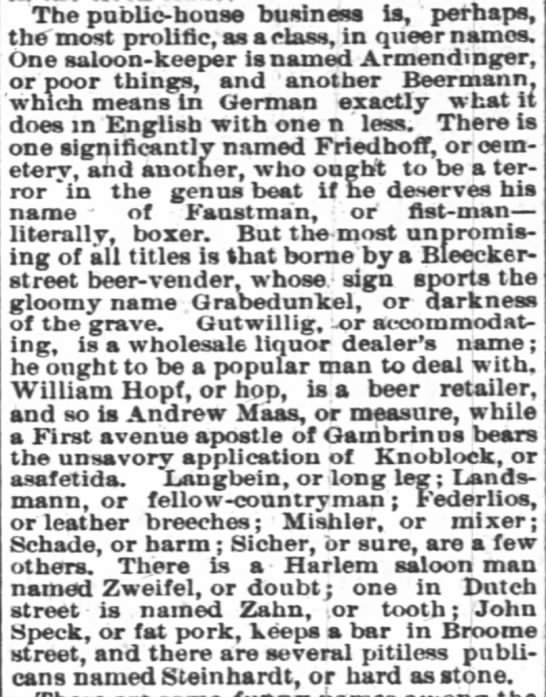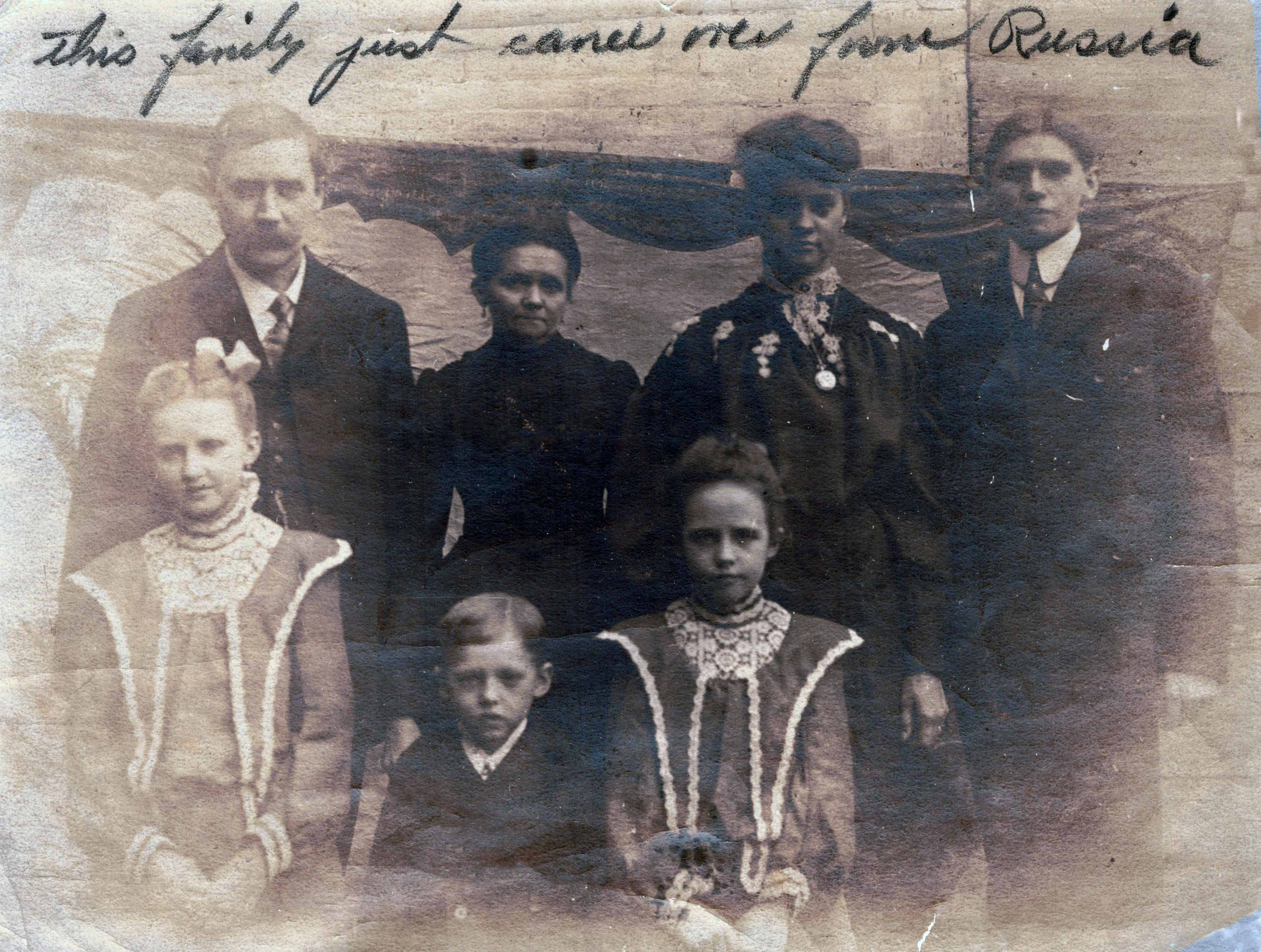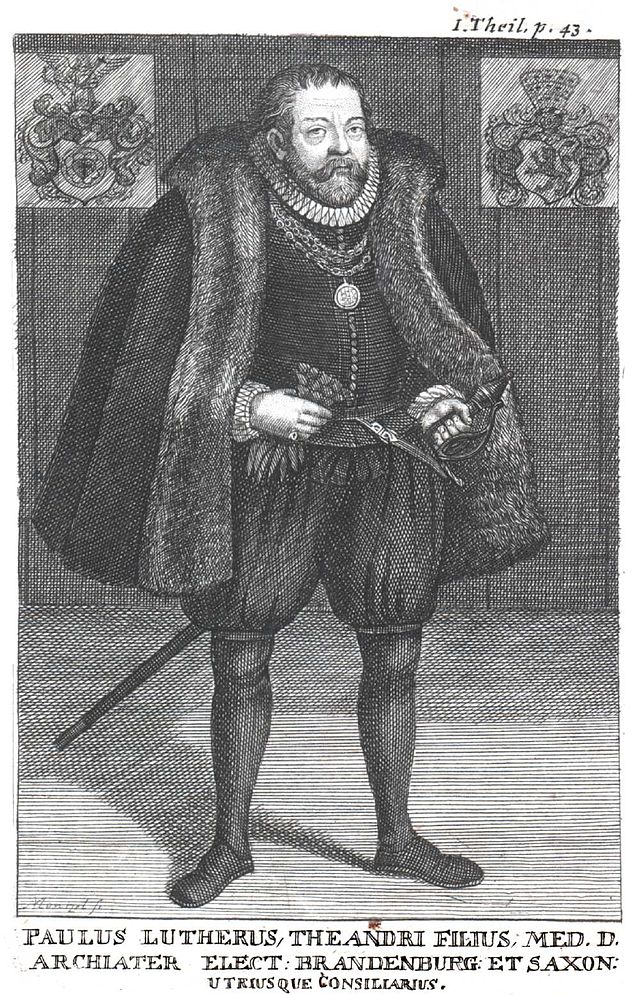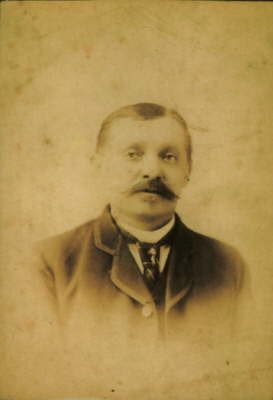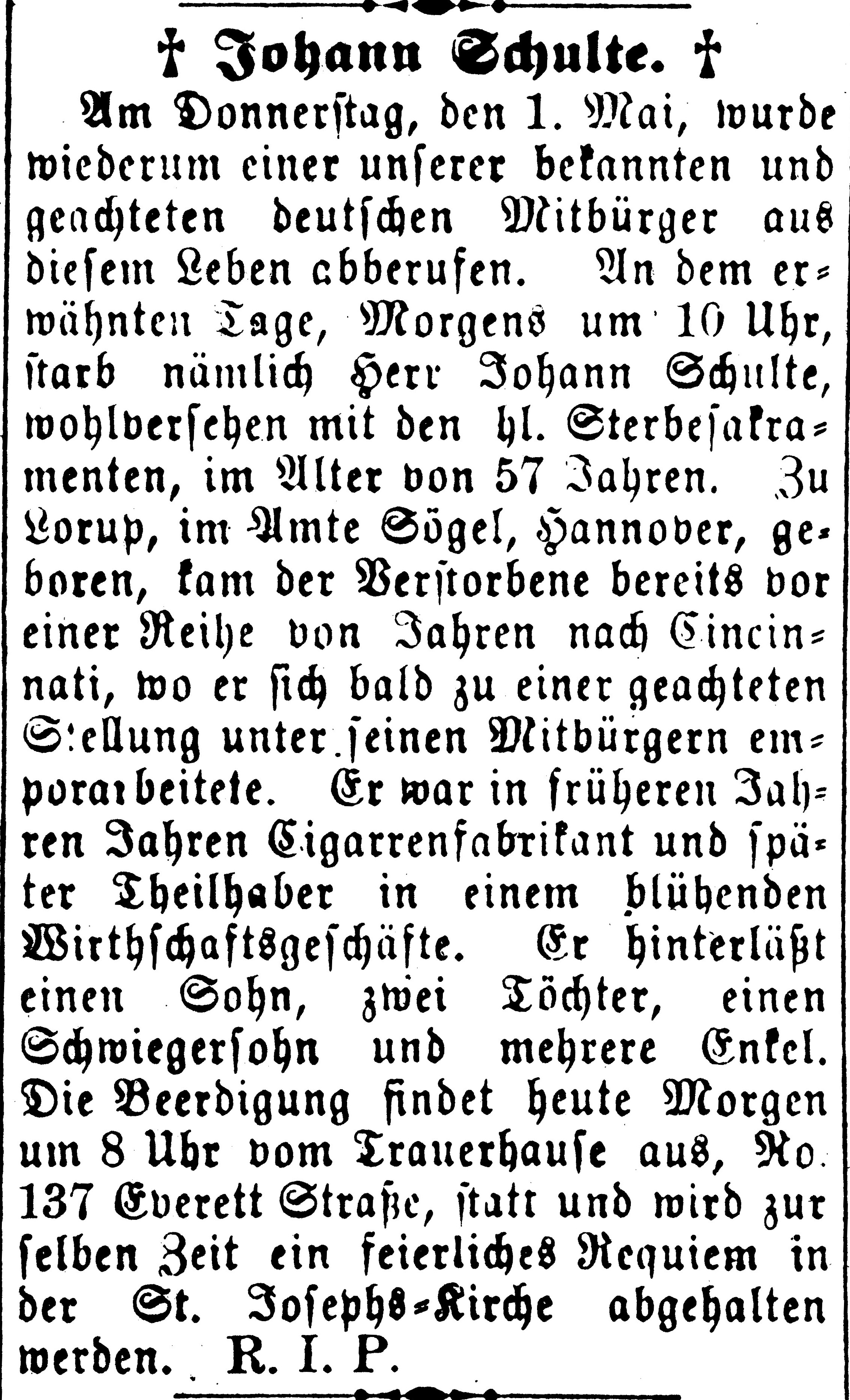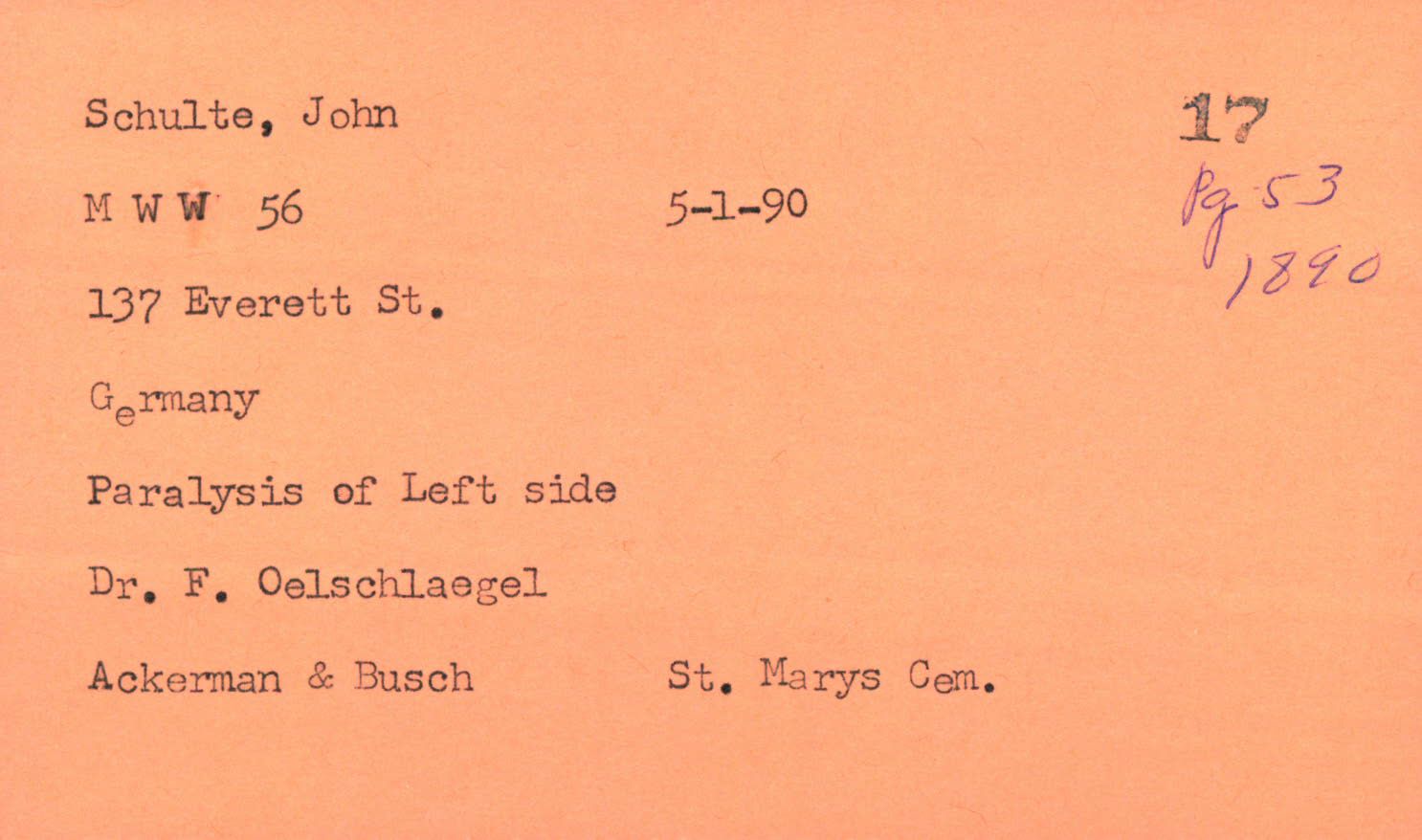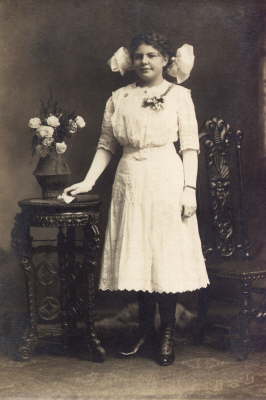So, with one year of posts under my belt, I have decided to include some guest bloggers this year. There are people in my family who can tell some of these stories better than I can. There were times last year when I felt inadequate as the storyteller for some of my ancestors.
My first guest blogger is a cousin that I have only known briefly. His name is Gary Barlow and we were brought together by Ancestry DNA. I have referred to some of the intriguing ways that DNA has impacted my family research this past year, and this one ranks high on my list of DNA successes. Gary’s family story is rather remarkable, and I just play a junior detective role in the investigation. When I heard that the first theme for week #1 of 52 Ancestors 2015 was going to be “Fresh Start,” this is the tale that was foremost in my mind. (Wippel/Whipple cousins of Beaver, PA, and Pomeroy, OH, please note, this entry pertains to your family.)
Here are the words of Gary Barlow, my first guest blogger, as he writes about his mother – Nordeen Renae “Dee” Sanders:
My mother and father were happily married for 66 years. They raised five children and built a business together, for the most part in the same house my dad built in the late 1940s. And yet we never knew who my mom was before she met my dad.

Nordeen Renae “Dee” Sanders
We knew she grew up in Columbus, Ohio. We knew she met my dad in Denver when he was sent there to train for the Army Air Corps in World War II. We knew my oldest brother was named after her brother. And that’s about it.
She would never talk about her family. My dad said her parents and brother died in an accident in Ohio. Once, when I was a teenager, I researched the history of my dad’s family. Before long, I had a pretty good picture of the ancestors of my father. One night, while I was working on that, my mom walked into the room, and I asked her, “What about your family?” She replied, hurriedly, “Oh, they were just a mix of this and that,” then said she had to go do something and disappeared. It was obvious the subject was off-limits, and I never asked again.
Several years ago, after she had died at age 88, I asked my dad about her family. He said he asked her about that once when they were dating in Denver, and she told him her family was dead. He said, “The question just seemed to upset her a lot, so I never asked her again. I knew I loved her and wanted to marry her, and that was good enough for me.”

Bill and Dee in Denver
After he died a couple years ago, I became curious again and began trying to find out who her family was. The problem I ran into was that there was no trace of her before she married my dad. I did find an old paper in her things that showed she had left Ohio and moved to Denver in the first half of 1941. And I found another note she had written stating that she was born in Hamilton, Ohio.
I searched for Nordeen Sanders in the 1930 and 1940 census records and found nothing. I even looked at all the Sanders families in Ohio and all the Nordeens in the U.S. in those records. Again, I found nothing. I began to wonder if she may have changed her name before she met my dad.
Last year, some friends bought me a DNA test as a gift. I had never considered the possibilities that could open up, but once I took it and got the results I saw the benefits immediately. Here were lists of supposed cousins, some of them from Ohio and obviously not related to my dad. Then, two of those cousins, Cheryl Hartley, and a woman named Linda, got in touch with me, wondering how we were related.
We quickly figured out that these two cousins weren’t related to each other. Linda was definitely related through my mom because we shared a large segment of X DNA. We figured Cheryl must be related through a different parent of my mom. We searched their family trees for a few months, and I searched for DNA matches under the surnames in them.
Finally, one day, Linda had a hunch about one of her great aunts who had lived in Ohio and suggested I take a look at her branch of the family. When I did, one family stood out. I wondered, “Where have I seen this family before?” So I searched for the father, Victor Gaa, on Ancestry.com, and in the list of public member family trees he was in, Cheryl’s tree was first on the list.
 I looked at the family again. They had a son and two daughters, one born in 1921, the same as my mom. Even more interesting, that daughter, Betty Jane, was born in Hamilton, Ohio, and grew up in Columbus. And Betty Jane seemed to have disappeared in early 1941. There was no record of her after that. Even her brother’s and sister’s obituaries didn’t mention her. It was as if she had left her family and they never heard from her again.
I looked at the family again. They had a son and two daughters, one born in 1921, the same as my mom. Even more interesting, that daughter, Betty Jane, was born in Hamilton, Ohio, and grew up in Columbus. And Betty Jane seemed to have disappeared in early 1941. There was no record of her after that. Even her brother’s and sister’s obituaries didn’t mention her. It was as if she had left her family and they never heard from her again.
I knew then I’d found my mom. Since then, I’ve continued doing research, trying to figure out her life before she went to Denver and met my dad. There is still a ways to go, but I’m beginning to understand her story. She hadn’t had the best family life growing up. There was a lot of instability. Something does seem to have happened in late 1940, though I’m not sure what it was yet. For whatever reason, shortly after that, she decided to go west and make a new life for herself, under a new name. It wasn’t hard to do that then. To get a Social Security card, all she had to do was ask in 1941. Proof of identity wasn’t required.
She got a job in Denver as a clerk. From old photos I found in her things, she apparently lived with and socialized with some other young women her age. A year or so after she got there, my dad was sent to Denver. The rest is known history.
Before he was sent off to Europe and D-Day, my dad married her and put her on a bus to go live with his parents until he came back. When he did come back, they built the stable family life she valued so much. They stayed true to each other for more than six decades, lived in the same house most of that time, went to church on Sundays, and raised their kids.
I don’t know why yet she took her secret to her grave. She had her reasons for doing what she did, I’m sure. Not long before she died, she looked at me from her hospital bed and said, out of the blue, “You know your father saved my life.” I’m only just beginning to understand what she meant. But I do know that for her, for 66 years, that held true. Whatever my mom ran away from, she got her fresh start, and it lasted a lifetime for both my mom and dad and all of us, too.

Bill and Dee in Rockers
*****
Gary Barlow is a journalist, paralegal, and amateur genealogist who lives in Chicago. Other passions include cooking, history, music of all kinds, the White Sox, Arsenal F.C., and British TV murder mysteries
 David Brown is one of my brick walls. I have almost nothing on this ancestor of my husband’s maternal grandmother; in fact, I think I only have two references to him. Because there is so little to go on, I periodically plow through the early 19th century Browns of Southeastern Pennsylvania. David Brown is supposed to be the father of John Jacob Jackson Brown and his sister Rachel White Brown Taylor. (Yes, Rachel Brown’s middle name really was White.) Their mother was Catherine – last name unknown.
David Brown is one of my brick walls. I have almost nothing on this ancestor of my husband’s maternal grandmother; in fact, I think I only have two references to him. Because there is so little to go on, I periodically plow through the early 19th century Browns of Southeastern Pennsylvania. David Brown is supposed to be the father of John Jacob Jackson Brown and his sister Rachel White Brown Taylor. (Yes, Rachel Brown’s middle name really was White.) Their mother was Catherine – last name unknown.



